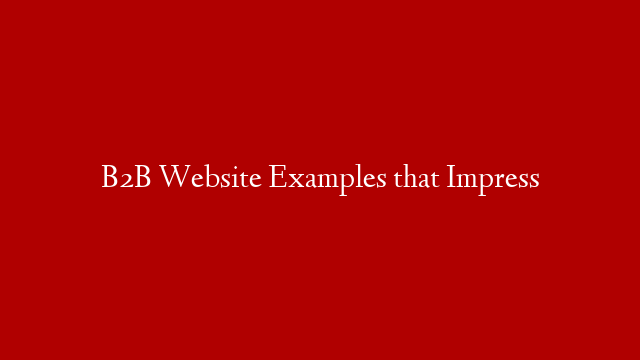There’s no question that freelancing is on the rise. In 2015,freelancers accounted for 35% of the workforce in the United Statesand that number is predicted to grow to 43% by 2020.
Whether you’re a stay-at-home parent looking to supplement your family’s income, a recent college graduate who can’t find a full-time job, or someone who simply doesn’t want to be tied down to a traditional 9-to-5 job, freelancing can be a great way to make money on your own terms.
But what exactly is freelancing? And how do you get started?
In this lesson, we’ll answer those questions and more as we give you an introduction to freelancing. By the end of this lesson, you’ll have a better understanding of what freelancing is, how it can benefit you, and what kind of skills and experience you need to get started.
What Is Freelancing?
Freelancing is the act of working for oneself rather than for an employer. Freelancers typically work in fields such as writing, graphic design, web development, and photography, but there are really no limits when it comes to what kinds of work can be done on a freelance basis.
Most freelancers are paid per project or per hour rather than receiving a regular salary like traditional employees do. This means that as a freelancer, you have the potential to earn more money than you would working a typical 9-to-5 job. However, it also means that your income may be less consistent since you’re not guaranteed a regular paycheck.
Another key difference between freelancing and traditional employment is that freelancers are not usually benefits eligible (e.g., they don’t receive health insurance or vacation days from their clients). This is something to keep in mind if you’re considering making the switch to freelancing full-time. Of course, there are some exceptions – some companies do offer benefits to their freelance employees – but it’s not as common as it is with traditional jobs.


